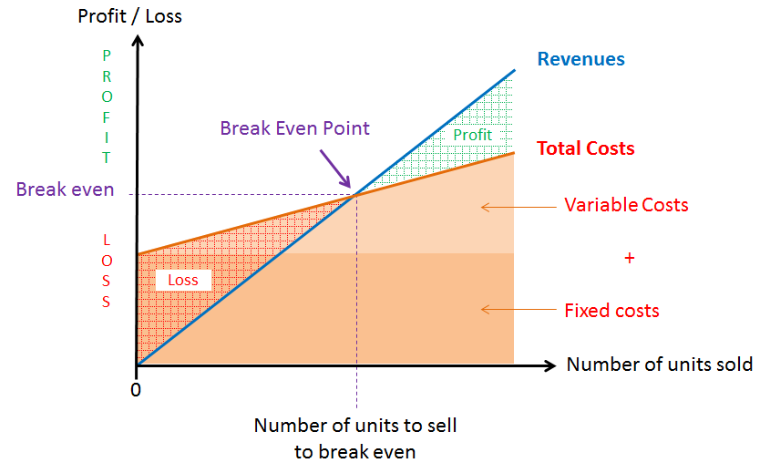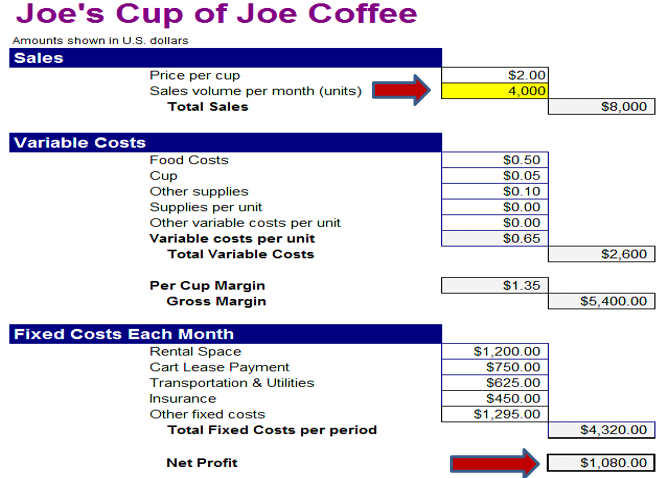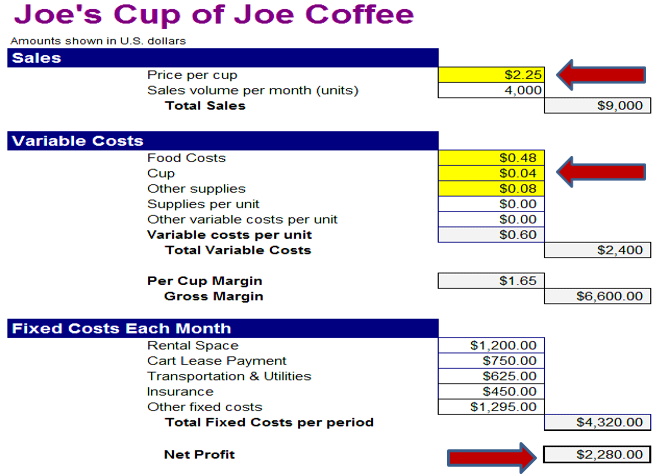We are almost at the end of 2023! That means it’s time to look back and reflect on the successes of the past year and look forward to exciting opportunities ahead. This past year, America’s veteran and military spouse-owned small business owners have, once again, shown a level of resiliency and persistent hard work that they should celebrate. The U.S. Small Business Administration (SBA) recognizes the veteran community’s innovation and creativity year after year. In 2023, SBA launched new resources to help veteran business owners grow, start, or adapt their businesses.
1. Veteran Business Certification:
In January 2023, SBA launched its Veteran Business Certification program, VetCert, which enabled veteran-owned small businesses (VOSBs) and service-disabled veteran-owned small businesses (SDVOSBs) to certify their businesses and gain access to exclusive federal contracts. Applying to get certified is a must for veteran business owners looking to add additional revenue streams.
The VetCert program has improved the process of helping veterans and service-disabled veterans get their businesses certified by streamlining the certification process to a centralized support system, offering a more business friendly approach to the application process and providing reciprocal certification for businesses with remaining eligibility in the women-owned small business (WOSB) and 8(a) programs.
So far, the VetCert program has been a success, and thousands of businesses have already applied to be certified. To see if your business is eligible and to apply for certification, click here!
2. Veteran Business Outreach Center Expansion:
In spring 2023, SBA expanded its Veteran Business Outreach Centers (VBOCs) and now has 28 total locations around the country. VBOCs support VOSBs by providing business training, counseling, and resource partner referrals to service members looking to start or grow a small business. The expansion has helped more and more veteran and military spouse business owners access the support they need to achieve their business dreams. The expansion also helps to provide more training opportunities and increases access to services. VBOCs fully service all 50 states, the District of Columbia, Puerto Rico, U.S. Virgin Islands, Guam, and American Samoa. The six new VBOCs are the:
- South Carolina Veterans Business Outreach Center
- Nevada Veterans Business Outreach Center
- Alaska Veterans Business Outreach Center
- Colorado Veterans Business Outreach Center
- Nebraska Veterans Business Outreach Center
- Los Angeles Regional Veterans Business Outreach Center
Click here to schedule an in person or virtual appointment with your local VBOC!
3. Military Spouse Pathway to Business Program:
On July 17, SBA launched the Military Spouse Pathway to Business Program to support White House Executive Order 14100, which aims to strengthen economic opportunity for military and veteran spouses, caregivers, and survivors. All military spouses interested in starting a small business are eligible to participate in this no cost program. The program aids military spouses at all stages of their entrepreneurial journey by teaching them key elements of entrepreneurship, including market research, economics, legal considerations, and finances.
In just a few short months, the program has been able to help many military spouses become one step closer to achieving their dreams. You can learn more about the program and sign up for free virtual or in person classes here!
Looking Ahead:
- Local Assistance: You can access SBA resource partners from more than 1,400 locations that provide mentorship and access to local events to help your small business grow.
- Transition Assistance: SBA’s Boots to Business program provides foundational knowledge of business ownership to service members and military spouses at no cost.
- Entrepreneurial Training Programs: SBA, along with its grant recipients, offers a variety of entrepreneurial training programs (ETPs) designed to give veterans and military spouses the tools they need to launch or grow a business. SBA’s ETPs are designed to increase knowledge of federal procurement resources and to help veteran owned businesses grow. See if you are eligible to sign up for one of the ETPs here!
SBA is committed to finding new ways to share resources with even more veteran and military spouse entrepreneurs to help them achieve their business goals in 2024. You can find more tips and resources to help your business grow in 2024 by visiting the veteran-owned businesses page on SBA’s website!
November 27, 2023
Photo by Benjamin Davies on unsplash
This blog was originally written by the U.S. Small Business Administration’s Office of Veterans Business Development.
The Florida Veterans Business Outreach Center is funded in part through a Cooperative Agreement with the US Small Business Administration. All opinions, conclusions and/or recommendations expressed herein are those of the authors and do not necessarily reflect the views of the SBA.








